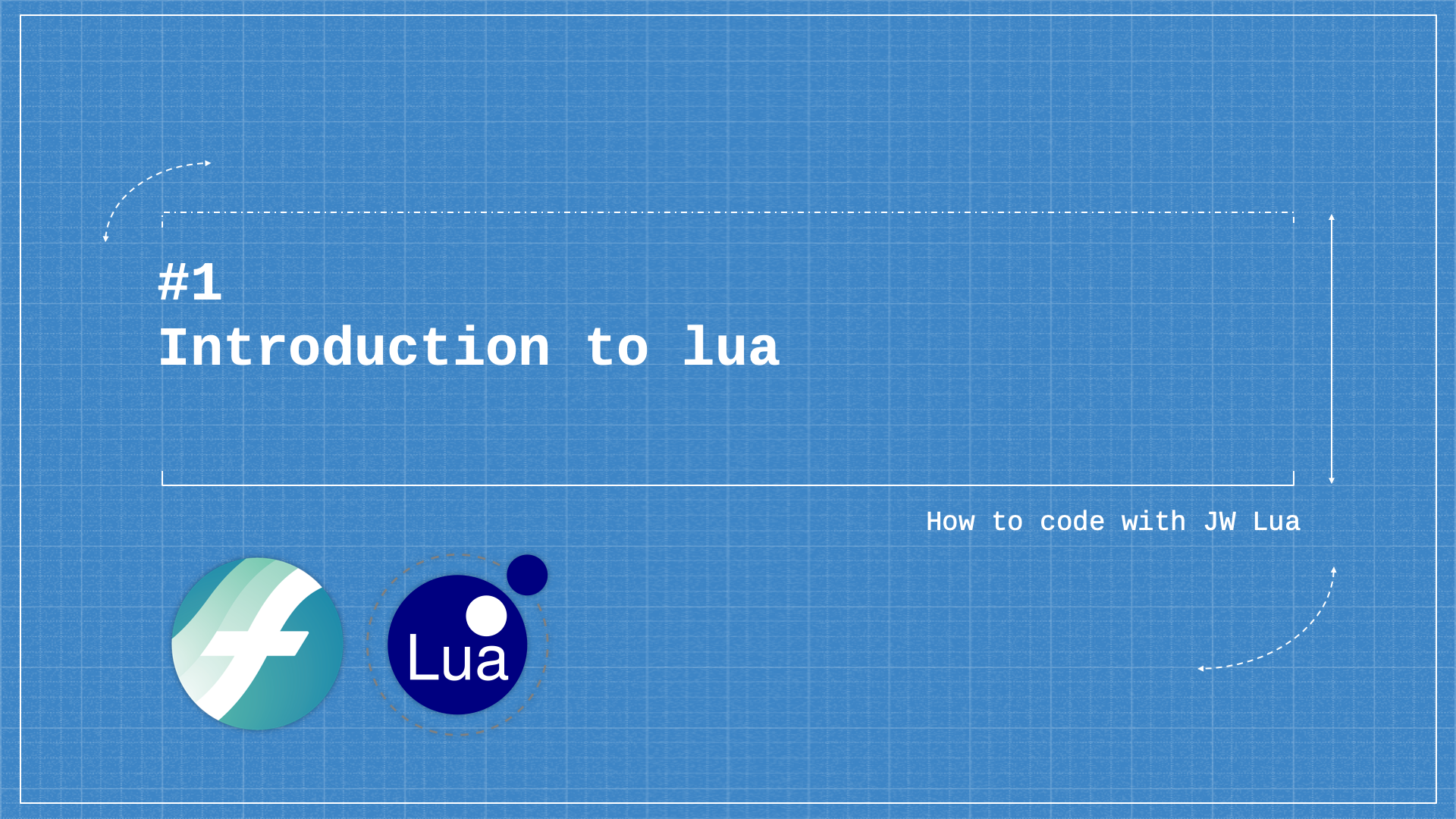Music spacing (historically referred to as “punctuation”) is controlled by a mathematical ratio in Finale. At any point in time, this equation determines the horizontal placement of notes and related musical objects within each measure and across each system to create the appropriate balance of music notation density on each page.
Note spacing is more than simply assigning a specific width for each note duration; a number of variables interact to affect how the final music music notation output looks on the page. These variables include stems, flags, accidentals, articulations, ties, chord symbols, lyrics and much more.
Finale’s music spacing acts on three key areas to achieve consistent note spacing results: (a) mathematically perfect spacing between notes of different durations (b) additional event spacing or “padding” of specific objects to prevent collisions, and (c) lyric spacing, where music is theoretically spaced to fit the words instead of the words fitting the music.
If you examine music note spacing (punctuation) from various published sources, you’ll see that while there are definitely variations between publishers, as a general rule, all music publishers follow similar practices.
Historically, plate engravers of music measured widths from the left side of the characters. For instance, the distance between two quarter notes is measured by the space from the left side of the first notehead (or rest) to the left side of the next notehead (or rest).
Finale provides professional looking note spacing results by default, so that even casual users can achieve properly balanced looking scores and parts. However, as you might expect, Finale offers a great deal more flexibility and control than these defaults. You might be surprised at how much power Finale has under the hood here.
Let’s take a closer look…
more >> “Beyond Defaults : Take Control of Note Spacing in Finale”





